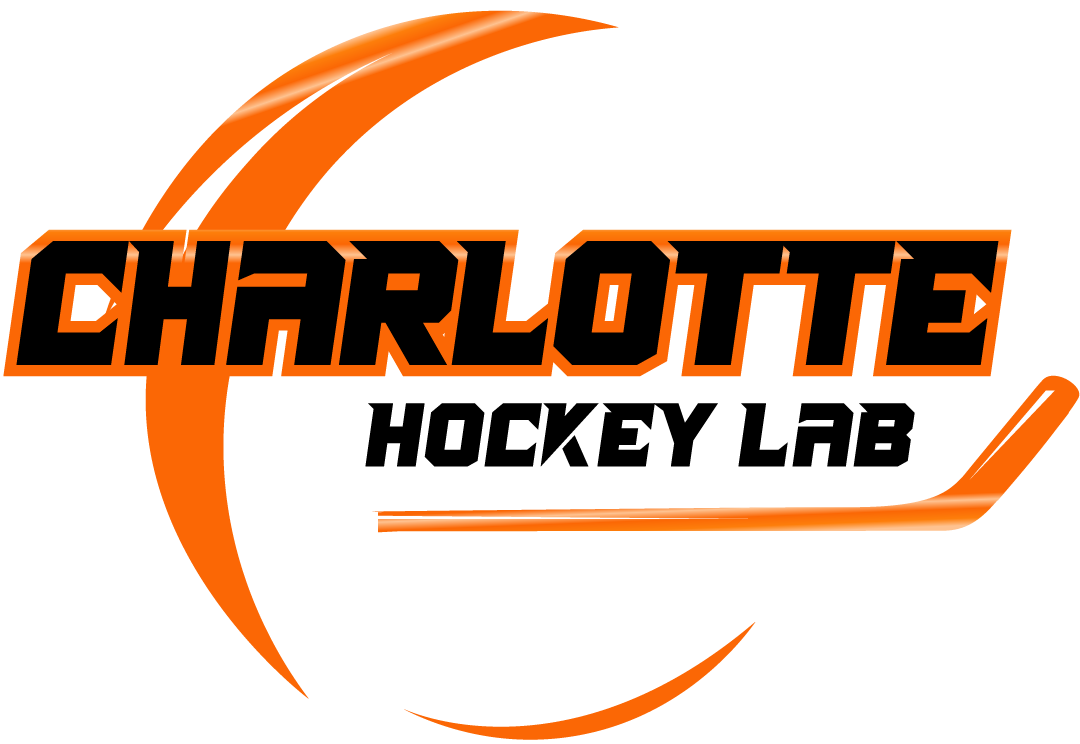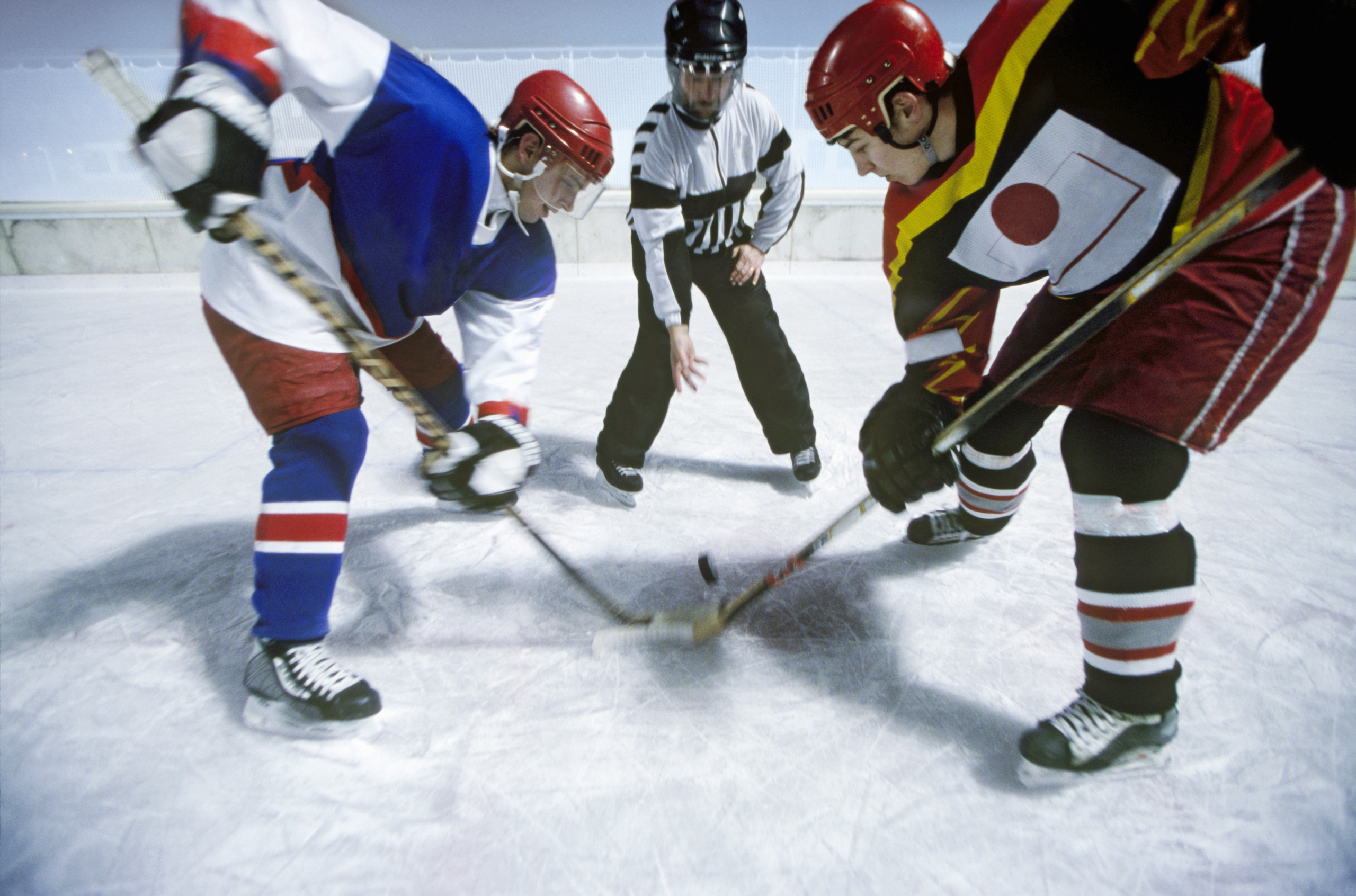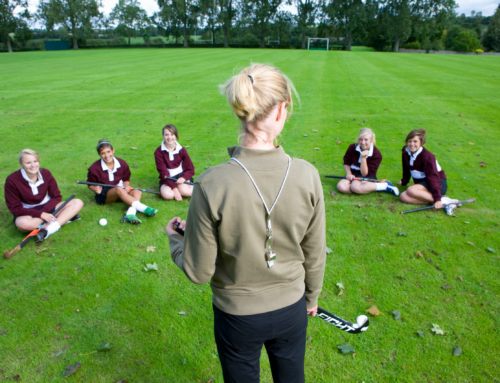Top Off-Ice Hockey Skill Development Technology for Better Play
The Next Frontier in Hockey Training
In the relentless pursuit of hockey excellence, players are constantly seeking innovative ways to gain a competitive edge. While on-ice practice remains indispensable, the landscape of training has expanded dramatically, with off-ice hockey skill development technology emerging as a pivotal force. This technological revolution is reshaping how athletes refine their game, offering unprecedented opportunities for targeted improvement away from the rink. From advanced simulation systems to data-driven analysis, these tools are transforming raw talent into polished performance, making every minute of training more effective.
The modern hockey player understands that development isn’t confined to the ice. Off-ice training provides a controlled environment to isolate specific skills, build foundational athleticism, and address individual weaknesses. The integration of cutting-edge technology into these dryland routines allows for precision, repetition, and immediate feedback that traditional methods often cannot provide. This synergistic approach ensures comprehensive player development, translating directly to enhanced speed, agility, puck control, and decision-making on the ice. For a general overview of comprehensive off-ice strategies, Hockey Canada offers valuable insights on their off-ice training materials.
Leveraging Off-Ice Hockey Skill Development Technology
The array of off-ice hockey skill development technology available today is vast and constantly evolving, designed to mimic and analyze various aspects of the game. Synthetic ice surfaces provide a realistic platform for stickhandling, shooting, and even basic skating drills, allowing players to practice movements without the need for a full rink. Automated shooting systems, equipped with sensors, measure shot speed, accuracy, and reaction time, giving players immediate, quantifiable feedback on their puck release. Similarly, advanced stickhandling trainers offer interactive drills that challenge puck control and hand-eye coordination in dynamic scenarios.
These technologies are not just about replicating on-ice conditions; they are about enhancing the training experience through measurable data and structured practice. For example, a player struggling with shot power can use a smart shooting lane to track their velocity and adjust their technique instantly. A winger aiming to improve their deking moves can utilize a sophisticated stickhandling system that provides varied scenarios and tracks their precision. The best facilities, like those found at Apex Skating, integrate a variety of these systems, offering players a comprehensive suite of tools to elevate their game. Discover more about the specific technologies that are employed to enhance player abilities by exploring our Apex Hockey Technology page.
Optimizing Vision and Reaction Beyond the Ice
Hockey is as much a mental game as it is a physical one, demanding split-second decisions and acute spatial awareness. Off-ice hockey skill development technology has made significant strides in training the cognitive aspects of the sport, particularly vision and reaction time. Vision training tools, often involving interactive light boards or projection systems, challenge players to process multiple stimuli simultaneously, improving their peripheral vision, puck tracking, and ability to read plays as they unfold. These drills enhance a player’s capacity to anticipate opponents’ movements and react swiftly to changing game situations.
Beyond traditional drills, virtual reality (VR) training is quickly becoming a game-changer. VR platforms immerse players in realistic game scenarios, allowing them to practice decision-making, defensive positioning, and offensive strategies in a low-stakes, repeatable environment. This technology trains the brain to recognize patterns and make optimal choices under pressure, without the physical wear and tear of on-ice practice. For a deeper look into how VR is driving hockey’s future and enabling off-ice training, explore this article on The Technologies Driving Hockey into the Future. By sharpening these cognitive skills off the ice, players can translate improved perception and reaction into tangible on-ice advantages.
Decoding Skating Biomechanics with Advanced Tools
Skating is the foundation of hockey, and optimizing stride mechanics is crucial for speed, agility, and efficiency. Cutting-edge off-ice hockey skill development technology offers unprecedented insights into skating biomechanics. 3D motion capture systems, for instance, can meticulously record a player’s movements, providing kinematic data on joint angles, force application, and body positioning. This detailed analysis allows coaches to pinpoint inefficiencies in a player’s stride, identify muscular imbalances, and prescribe highly specific corrective exercises. The precision offered by motion capture ensures that every adjustment is data-driven, leading to more powerful and efficient skating.
Foot pressure mapping technology further enhances this biomechanical analysis. By measuring the force distribution through a player’s feet during simulated skating movements, coaches can understand how power is being transferred and identify areas of inefficiency or potential injury risk. This technology is invaluable for optimizing skate fit, blade alignment, and overall skating technique. When combined with high-speed video analysis, these tools provide a comprehensive picture of a player’s skating mechanics, allowing for personalized training interventions that build a stronger, more fluid, and ultimately faster skater.
Personalized Player Enhancement Through Data Analysis
The true power of modern off-ice hockey skill development technology lies in its ability to generate vast amounts of data, which can then be analyzed to create highly personalized training programs. Every shot taken on a smart shooting lane, every stride on a synthetic treadmill, and every reaction in a VR simulation contributes to a player’s performance profile. This data moves beyond subjective observation, providing objective metrics on speed, accuracy, power, and consistency across various skills.
Coaches and athletes can use this information to identify specific strengths to leverage and weaknesses to target. For example, if data reveals a player’s backhand shot accuracy is significantly lower than their forehand, training can be specifically tailored to address this. Progress can be tracked over time, providing motivational benchmarks and demonstrating the tangible impact of training efforts. This data-driven approach ensures that training is always evolving and adapting to the player’s current needs, optimizing development and accelerating their journey to peak performance. With this level of personalized insight, players can train smarter, maximize their potential, and truly master their game.
Have questions? Contact us here.

We use only the finest ingredients to produce stellar tastes.












